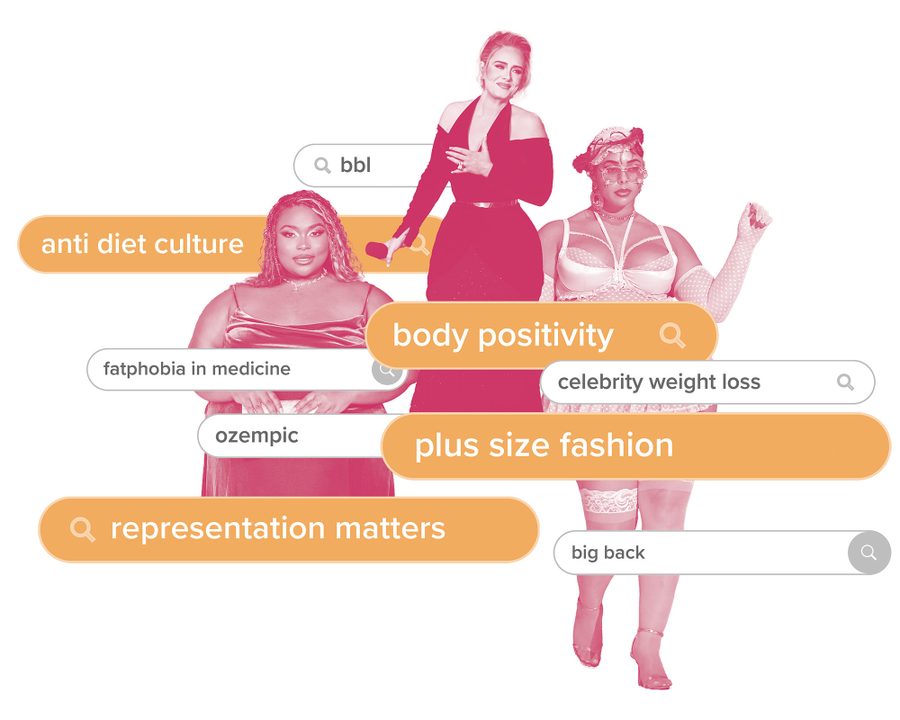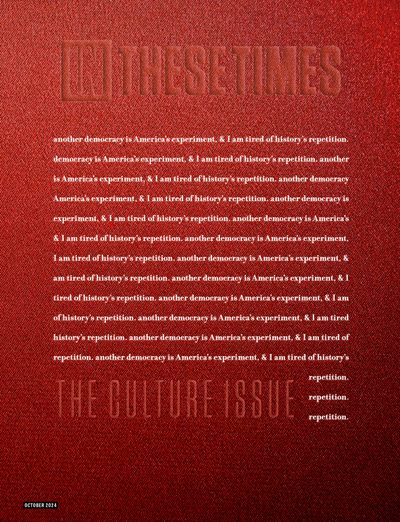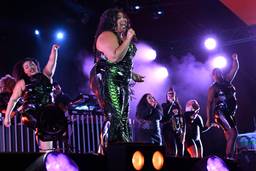Picture this: the year is 2019 and thick thighs are turning the tide. The infamous Victoria’s Secret skinny-girls-only Fashion Show has grown repetitive, and consumer interest is piqued by Rihanna’s cellulite-celebrating Savage X Fenty Show. TheCurvyCon, a plus size-focused fashion conference, has just celebrated its fifth successful year at New York Fashion Week. “Truth Hurts,” the inescapable self-love anthem sung by big-bodied hottie superstar Lizzo, is No. 1 on the Billboard Hot 100. An aura of hope is on the horizon. Might beauty standards finally be released from the chokehold of thinness and migrate to an environment of fair representation for all?
So much optimism makes the present reality even harder. Corporations are no longer bothering to masquerade their body-positive cash grabs as liberation: Extended clothing sizes are being removed from racks, and plus-size models, once world-renowned, are struggling to get consistent work. Fatphobia, the “unreasonable dislike or unfair treatment of people because they are fat,” is back with a vengeance so aggressive it puts 1990s “heroin chic” to shame. We may have found ourselves in a reality worse than before, reinventing an age-old harm we sought to erase. Popular culture has chosen its stance: Mainstream representation of bigger bodies is not simply being put aside, it is being spitefully betrayed.
Making body-positive hashtags trend was the easy part; sustaining real equity is where the culture is falling short.
Late 2010s-era body positivity was marketed to consumers as a movement of inclusivity that would supposedly provide equal access and opportunity to those who had previously been excluded. While fashion brands hastily extended their size ranges in fear of missing a seat on the diversity bandwagon, they left integrity and true innovation behind. Rather than provide equal exposure to bodies of all sizes, brands made a brief spectacle of bigger bodies, only to quickly divert the spotlight back to the idealized thin image they truly value.
Even with size-inclusivity being one of the main marketing goals of Rihanna’s Savage X Fenty lingerie line, the opening scene of the 2019 fashion show immediately set a tone of imbalance. Straight-size dancers (U.S. size 0-4) outnumbered plus-size dancers (U.S. size 14+) by 9 to 1. Straight-size supermodel Gigi Hadid was given a dedicated screen time of nearly one minute, while plus-size supermodel Tabria Majors received less than 10 seconds. That disparity eerily foreshadowed the slow demise that size-inclusivity was yet to meet. According to Vogue Business, of the more than 8,500 looks recorded in the autumn/winter 2024 season, plus-size representation made up only 0.8% of fashions. Mid-sizes (U.S. size 6-12) made up 3.7%, and straight-sizes an overwhelming 95.5%.
Even amidst the body-positivity boom of the late 2010s, the spotlight on thinness barely dimmed. Misled by optimism, consumers didn’t recognize the short leash that inclusivity was kept on, positioned to be yanked back as soon as fatphobia became trendy again.
Celebrities have long been guilty of glamorizing extreme weight-loss fads, but the recent popularization of prescription Ozempic is normalizing medical intervention in the pursuit of thinness. Generically known as semaglutide, Ozempic is intended to treat diabetes. By mimicking a hormone that makes patients feel more full, Ozempic can result in drastic weight loss. As celebrity influence has created an extremely high demand for Ozempic, many diabetic patients now face difficulty obtaining this essential medication. Anti-fatness is not just used to body-shame; it also encourages us to prioritize superficial wants over other people’s needs.
Anti-fatness also demands psychological adjustments that place irrational expectations on the body. Weight gain can indicate health issues, but it can also be a harmless, natural occurrence. Normalizing the use of drugs to shed non-health-threatening weight encourages us to instinctively view fatness as wrong, no matter its origin. Every few years, when Oprah’s weight takes a drastic dip, what’s signaled to consumers is not only that we should want thinness, but thinness is so precious we should vow a lifelong commitment to obtain it. When superstars like Doja Cat, Adele, Megan Thee Stallion or Beyoncé shed their voluptuousness ahead of album releases and world tours, it can easily translate weight loss as a sort of baptism. Of course, these women reserve the right to exist in whatever size bodies they choose; the sociological concern is less about their sizes and more about how the spectacle of weight loss correlates with changes in popular behavior, attitudes and language.
A quick scroll on Zillennial TikTok offers a crash course in the latest digital colloquialisms. One of the hottest trending terms is “big back.” Casual enough to be used as a joke, powerful enough to be wielded as an insult, the reality is this: “Big back” is a fatphobic term that encourages people of all sizes to be hyper-aware of their looks and eating habits. It’s especially harmful to the plus-size community, as bigger bodies are under constant surveillance but left unaccommodated for basic functional needs. Take it from plus-size content creator Samyra, who has built a massive social media following calling out this blatant disregard. On her TikTok, Samyra brings attention to structural anti-fat biases, like highlighting how corporate greed results in smaller airplane seats. Anti-fat bias also affects the medical industry, as medical providers are notorious for routinely recommending weight loss as a catch-all solution when fat people express health concerns, even at the risk of missing crucial diagnoses. Samyra also documents the lack of plus-size clothing options. In her upbeat song “Plus-Size Freestyle,” she probes: “If you want plus sizes to sell, why you keep makin’ ’em ugly as hell? Why do I gotta get it in the mail? Why can’t I go to the store like everybody else?”
Rather than waiting on the cues of fickle fashion trends or capricious celebrity cosigns, we should prioritize the real task at hand: fostering a world that is socially and systematically safe for all body types to thrive.
Tee Noir is a proud queer Black woman writer who values community building and conversation in service of fostering a digital environment for healthy discourse and critical thinking.










